Building envelope technology has evolved during the last 25 years to advance healing-centered environments that prioritize patient comfort, staff well-being and operational efficiency. By integrating cutting-edge air barrier systems and intelligent building management, healthcare facilities can now meet and exceed the rigorous demands of modern medical care.
Advanced air barrier technology creates contained building envelopes that drastically reduce the risk of moisture and air pollutants, ensuring optimal indoor air quality and comfort while enhancing patient safety and infection control. These integral components of a building’s skin can be constructed as self-adhesive or fluid-applied membranes.
Self-adhesive membranes are frequently selected for healthcare applications due to their durability and the ease with which they can be visually inspected, ensuring the membranes remain intact and functional. The use of air barrier technology also allows for the incorporation of diverse cladding materials without compromising performance, resulting in aesthetically pleasing and functionally superior healthcare environments.
Integrating air barrier technology
Air barriers have transformed the way architects design healthcare facilities. Initially, barrier system technology aimed to prevent moisture infiltration using vapor barriers. But as building science evolved and the technology gained wider use, it became evident that understanding the optimal placement of vapor barriers within a building’s exterior skin was not sufficient.
The goal of halting air infiltration also spurred the adoption of air barriers, which effectively prevent air and moisture intrusion. Installing air barriers has proven to be more flexible through integration into an exterior wall system without concerns regarding dew point or relative humidity. This innovation enhances building durability and performance, and it provides design flexibility, accommodating facade materials such as glass, metal, wood and brick.
The use of fully adhered roofing systems that serve as a horizontal air barrier can create a tighter, weather-resistant building enclosure and offer enhanced protection.
Healthcare facility managers can use a robust building management system (BMS) to monitor a building’s envelope. A BMS can provide precise data on building operations, identifying issues with air and water pressure, which can help facility managers to locate potential leaks swiftly.
If signs of condensation or water ingress are observed in a building, using the BMS to determine whether any space is under negative pressure inappropriately is essential. Improperly balanced or commissioned spaces can lead to temperature variances or air barrier failures, enabling moisture infiltration into walls. Conversely, if air or vapor barrier failures are suspected, using the BMS to induce negative-pressure conditions can provide an opportunity to test the integrity of these barriers.
When addressing interior issues such as water or mold, inspections often lead to internal plumbing issues rather than air barrier failures. To determine the way mold is entering the building, using a BMS to monitor and adjust room pressures can assist in diagnosing and mitigating such problems. This proactive approach ensures healthcare spaces remain hygienic and operationally efficient.
The use of panelized systems can offer numerous benefits, including ease in locating building failures and enhanced quality control. With a panelized system, leaks typically occur at joints, so they are easier to locate and on a smaller scale. With the panels being constructed offsite, contractors are not confined by small spaces, leaving less room for error, and rigorous quality control tests are applied, including testing for wind and water leaks. This approach helps to ensure healthcare facilities remain functional and safe under varied conditions.
Inspections and maintenance
Regular inspections play a critical role in the upkeep of these advanced building systems. Exterior inspections should occur every six months, with a visual review of sealants and inspection for cracks or failures. Often these will be the first opportunities to spot building skin failures.
Focusing on joints — whether at the base of exterior skins or at panel connections — ensures potential leaks are promptly addressed. Connection points where the roof meets the wall panel and where the wall panel meets the foundation should be examined since these areas can often be weaknesses in the building enclosure.
The air barrier and wall should be reviewed to ensure correct installation. Proper installation techniques, such as using gaskets and sealants to prevent damage to air barriers, and fluid-applied or self-adhesive barrier systems further minimize points of failure. The importance of strategic maintenance and inspections to sustain the integrity of healthcare facilities is essential.
Modern building technologies have created tighter, more resilient building skins, decreasing the likelihood of catastrophic leaks. By understanding and leveraging these technologies, healthcare facility managers can ensure buildings not only meet but exceed the rigorous demands of healthcare environments. Through an integrated design approach and commitment to innovation, the architecture and construction industry can create spaces that support better patient health outcomes and operational efficiency.
JoAnn Brookes is a senior project architect with HGA.
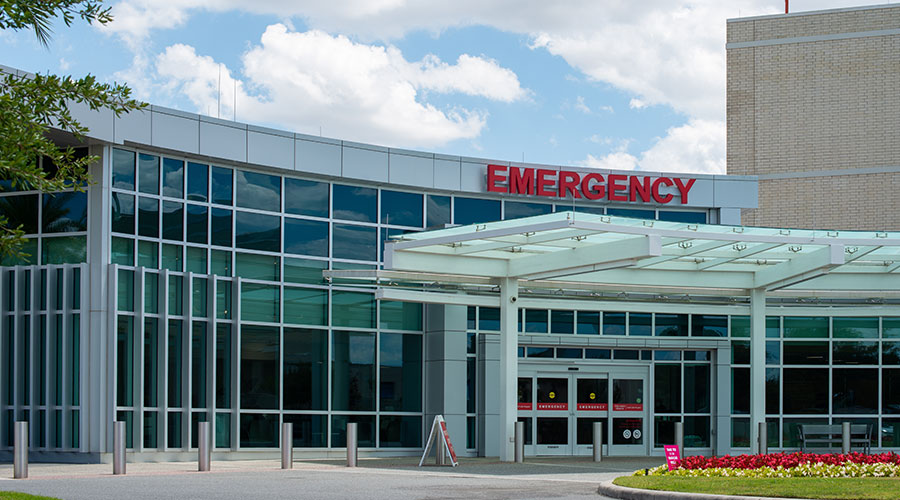
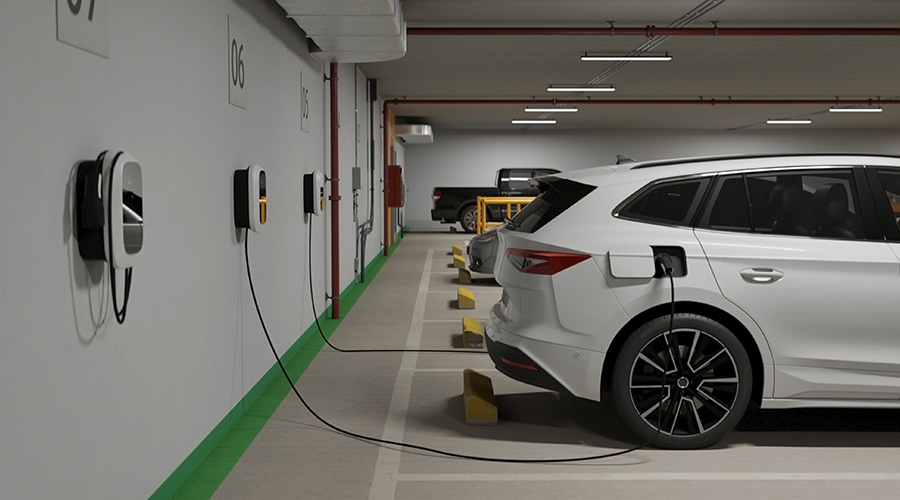 EV Charging Stations: Planning for Safety, Convenience, Expansion
EV Charging Stations: Planning for Safety, Convenience, Expansion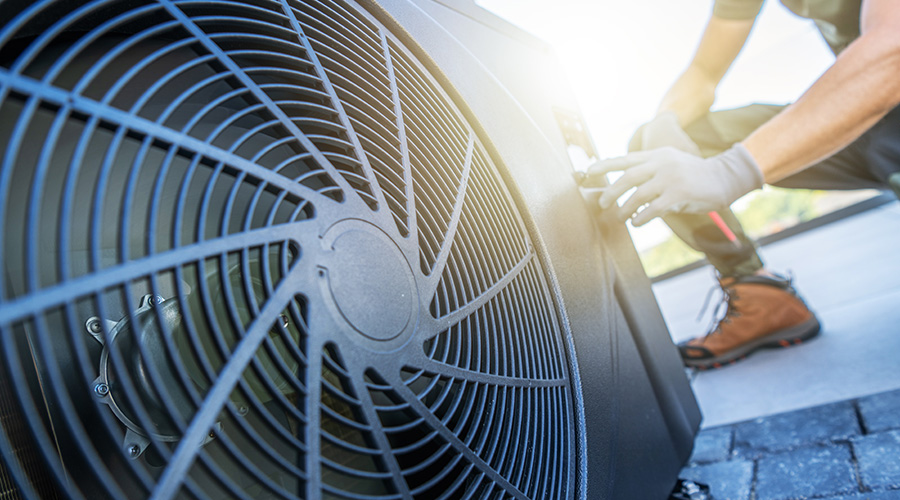 Why Ambulatory Surgery Centers Are Turning to Dedicated HVAC Systems
Why Ambulatory Surgery Centers Are Turning to Dedicated HVAC Systems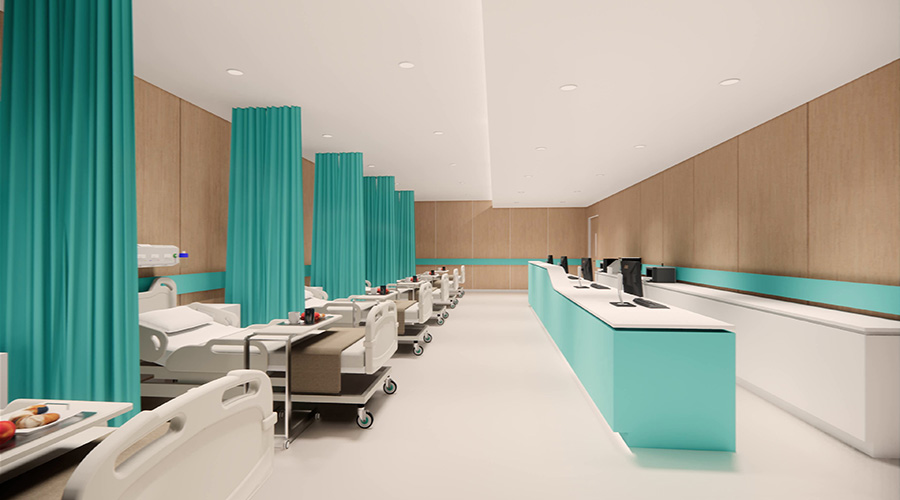 Ground Broken on UW Health University Row Medical Center
Ground Broken on UW Health University Row Medical Center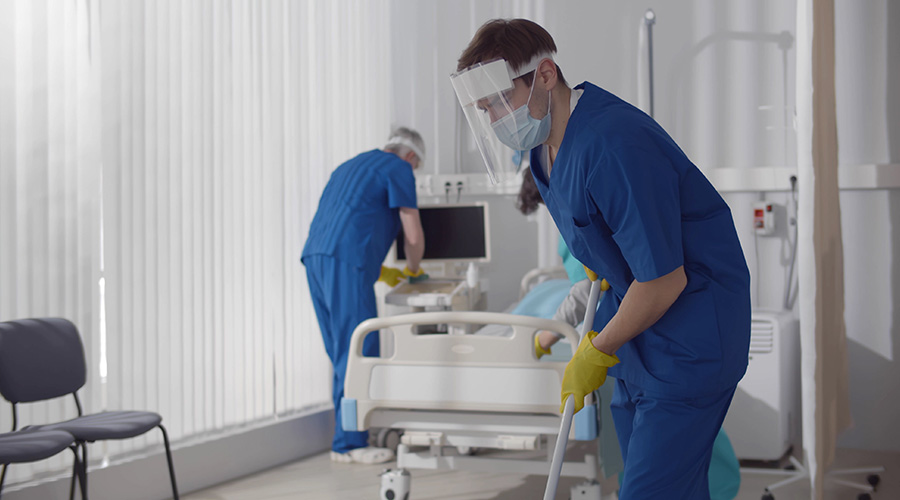 Better, More Thorough Cleaning Saves Lives
Better, More Thorough Cleaning Saves Lives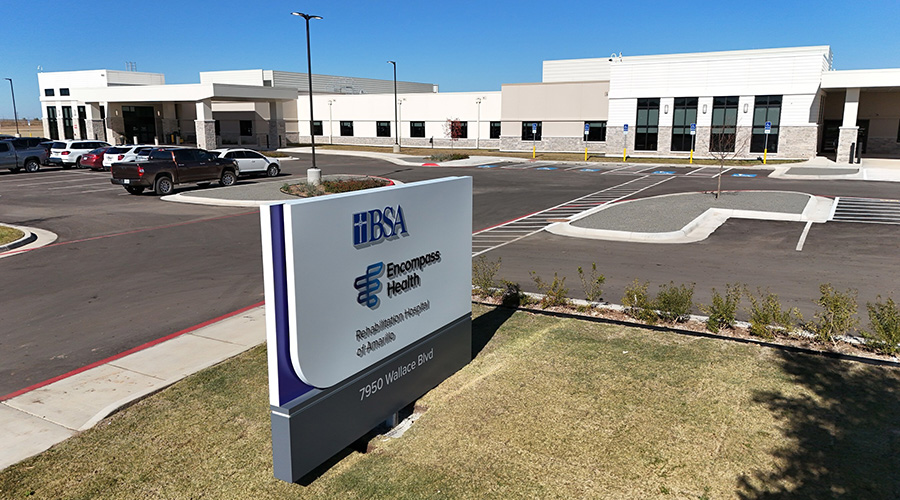 Encompass Health Opens the Rehabilitation Hospital of Amarillo
Encompass Health Opens the Rehabilitation Hospital of Amarillo